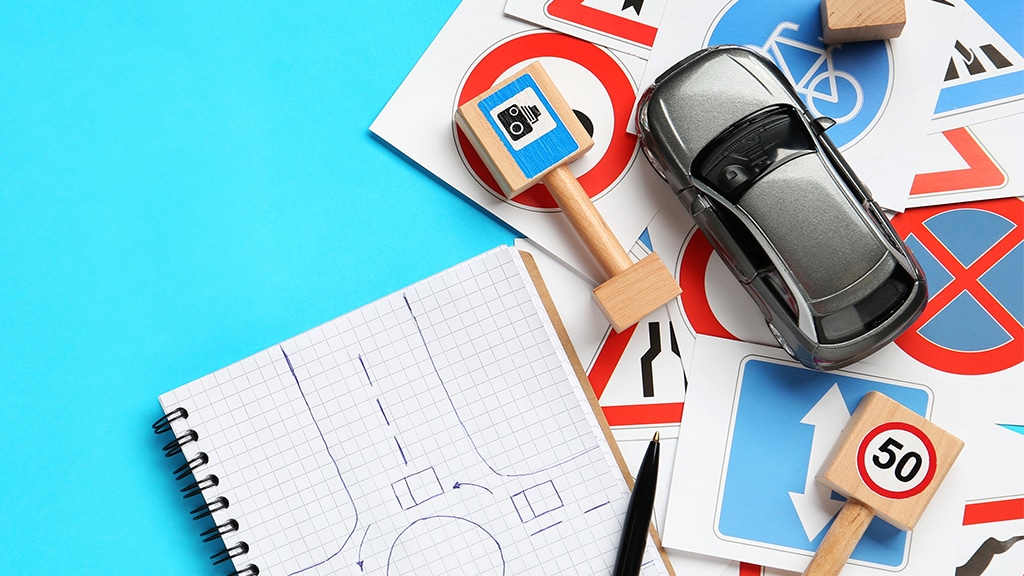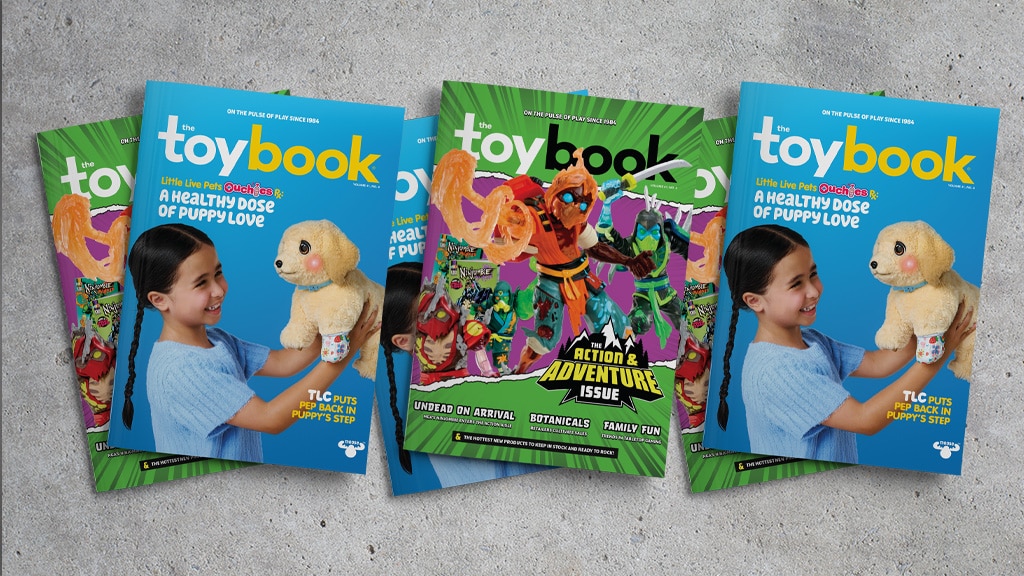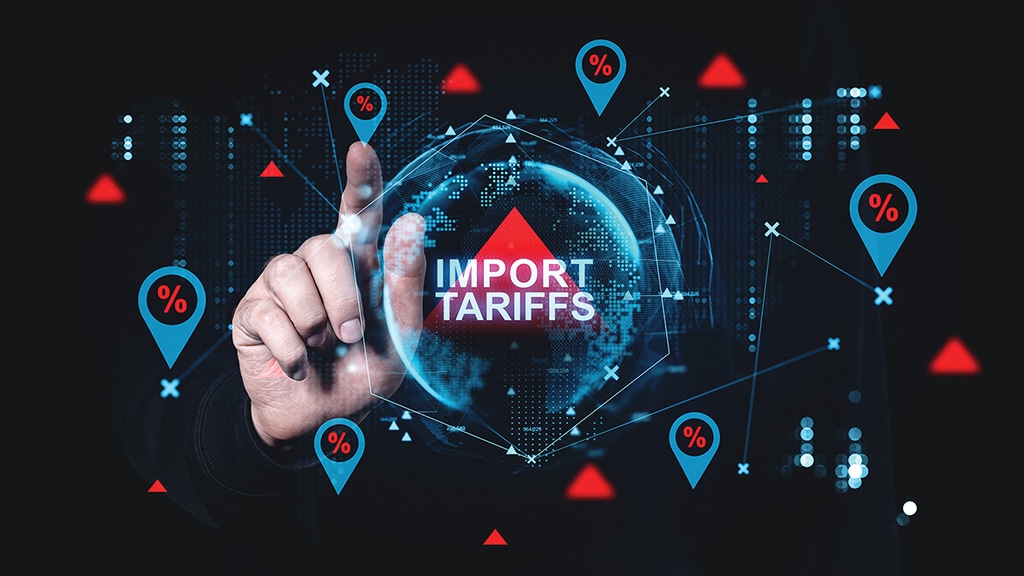
by Stephanie Pottick, Esq., Pottick Law PC & Protect for Success
Remember the Hebrew National hot dog commercials from back in the day in which Uncle Sam is holding a hot dog and the announcer claims their kosher beef dogs “answer to a higher authority”? (If not, look it up online.) Well, that’s what it’s like in the toy industry: We answer to a higher authority.
When it comes to creating, manufacturing, and selling toys, children’s safety should always be top of mind. Companies creating products for kids are responsible for ensuring those products are safe, whether they’re action figures or outdoor toys and games (I can’t imagine what warnings have to be on dart games!).
If one of those products causes harm, the toy company (and the factory partner, the retailer, and potentially anyone in the distribution chain for that product) may be held legally and financially accountable.
That’s legal liability.
If one of those products causes harm, the toy company (and the factory partner, the retailer, and potentially anyone in the distribution chain for that product) may be held legally and financially accountable."
For the insurance piece, there are other types of insurance to help shield your business from lawsuits and claims — like general liability, intellectual property, errors and omissions, and even recall insurance, which I didn’t learn about until recently — but product liability insurance is possibly the most important.
Tip: An experienced insurance broker, preferably one with experience in the toy industry, can be a valuable resource to help you navigate not only which types of insurance are right for you, but also which amounts are appropriate for the types of products you’re selling.
Safety testing is a great way to help ensure toys comply with applicable laws. This can reduce liability by not selling toys with harmful components. Plus, your testing lab should be able to assist with required warnings and packaging instructions. Depending on who you’re selling to and if you’re licensing, you may be required to both safety test and have insurance.
When creating your toys and products, think about how design fits into safety. For example, if you are creating an R/C vehicle or an outdoor jungle gym, your design should probably include rounded edges instead of sharp edges. Whatever you can do up front in the process can help because defects in your toy’s design can lead to legal liability if someone is injured (or worse).
Remember, “hoping for the best” is not a winning strategy. Lawsuits and recalls are costly, so it makes sense to be proactive about limiting your legal liability.
*Disclaimer: This article is for informational purposes and not intended as legal advice. Don’t rely on anything without doing your due diligence first.

A version of this feature was originally published in the 2025 Action & Adventure Issue of The Toy Book. Click here to read the full issue! Want to receive The Toy Book in print? Click here for subscription options!
The post Raising the Bar: Limiting Legal Liability for Your Toy Company appeared first on The Toy Book.

